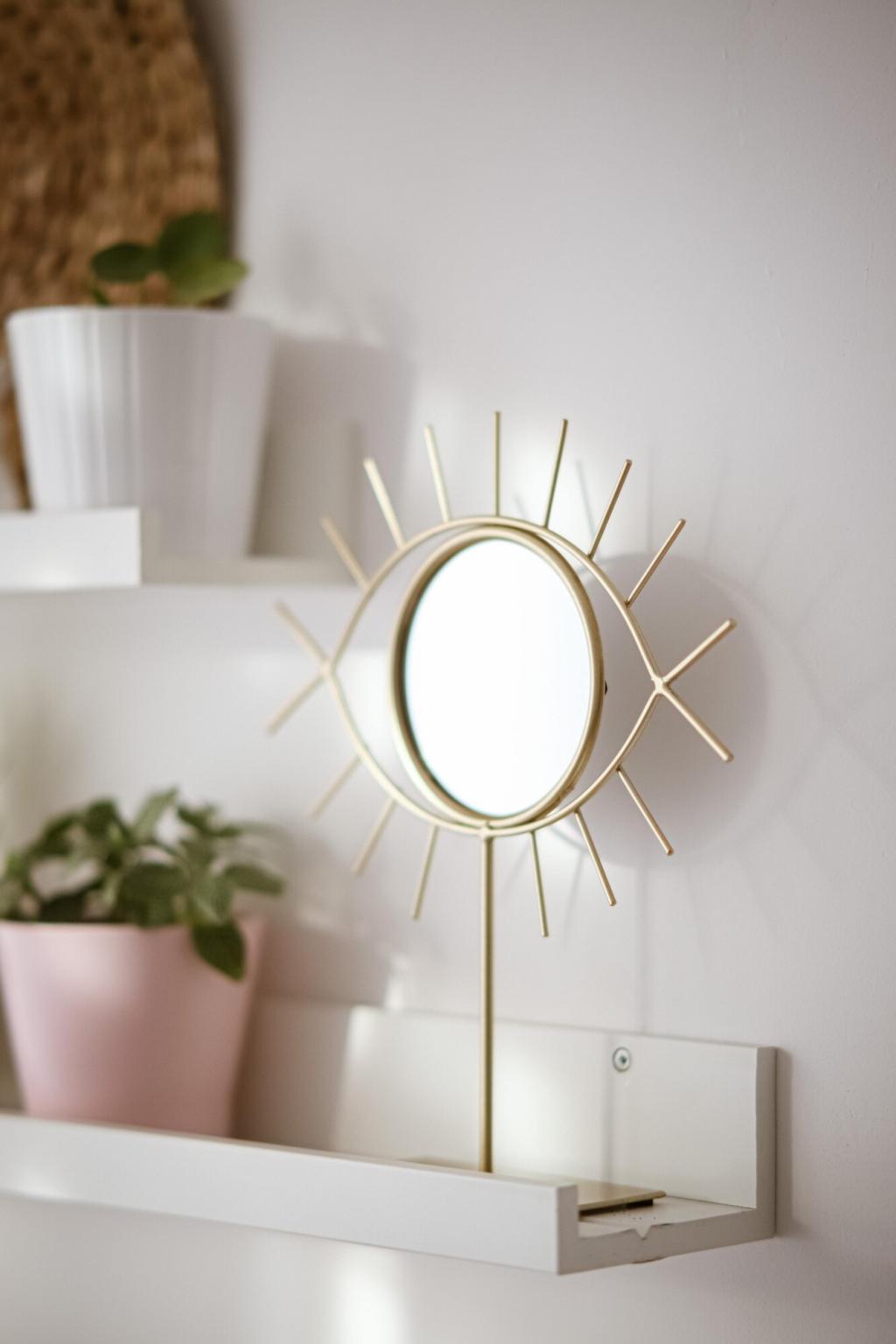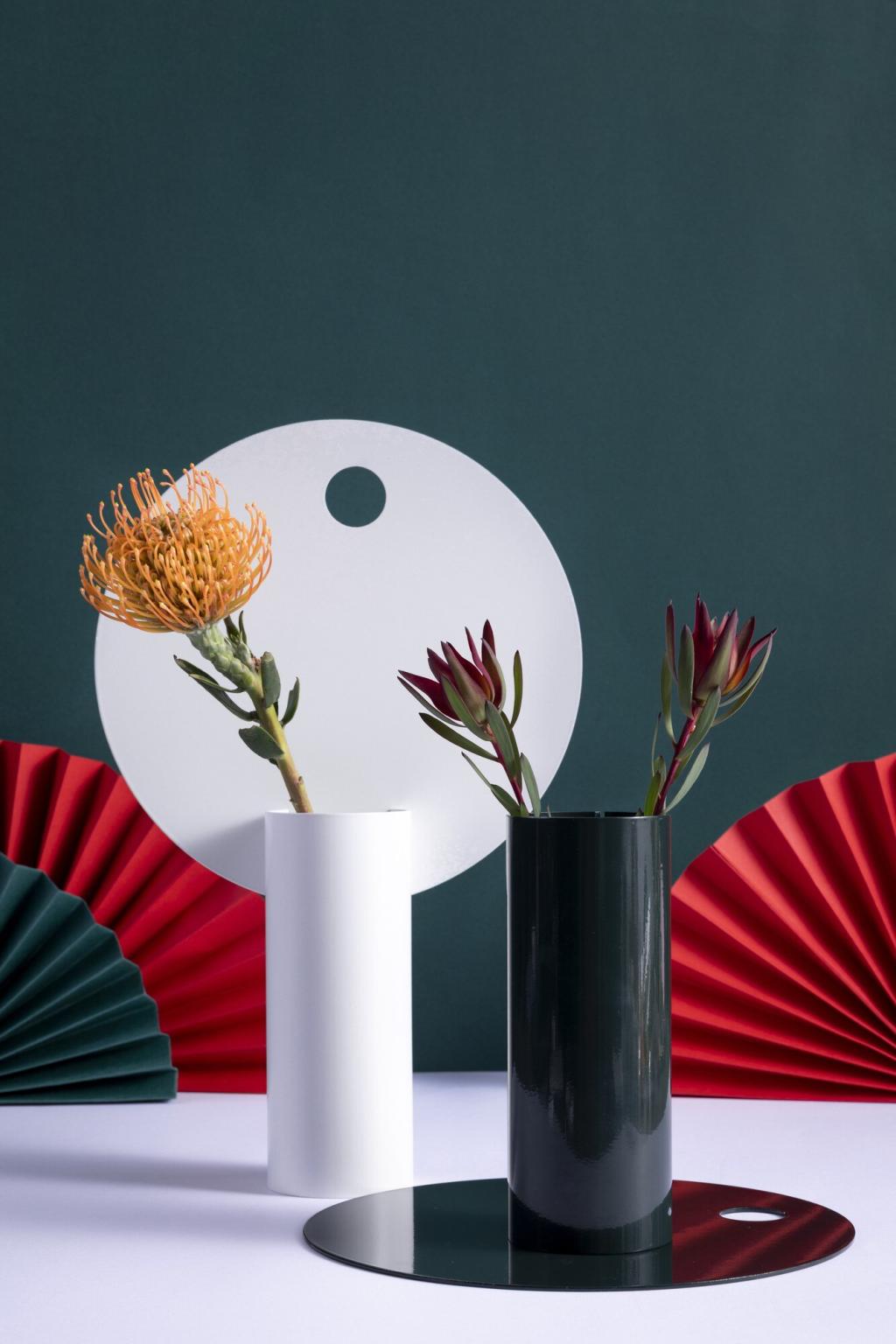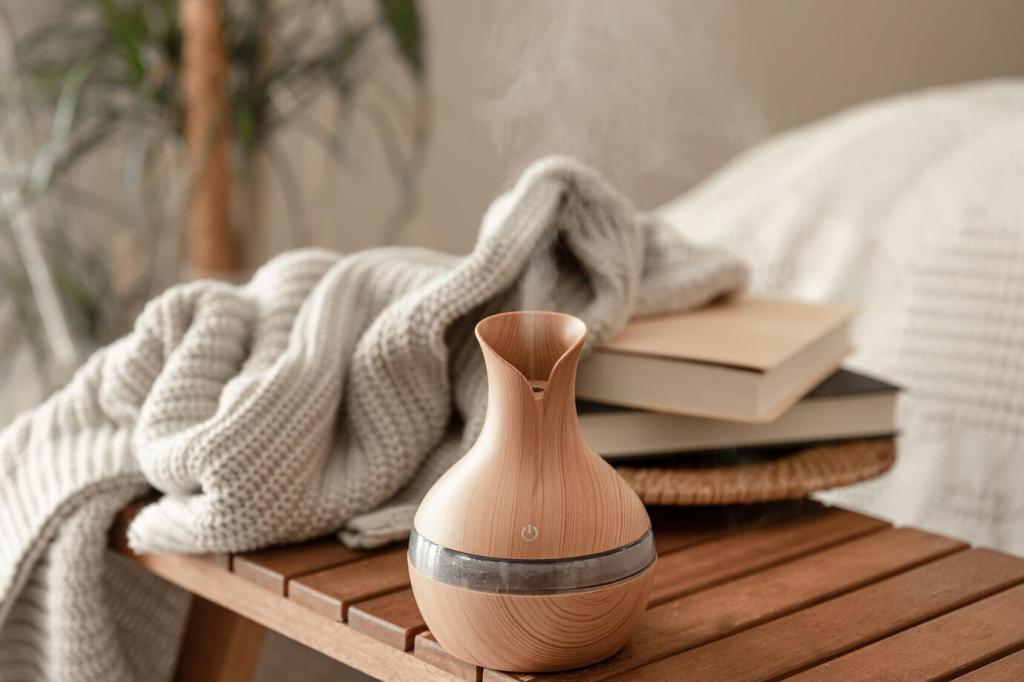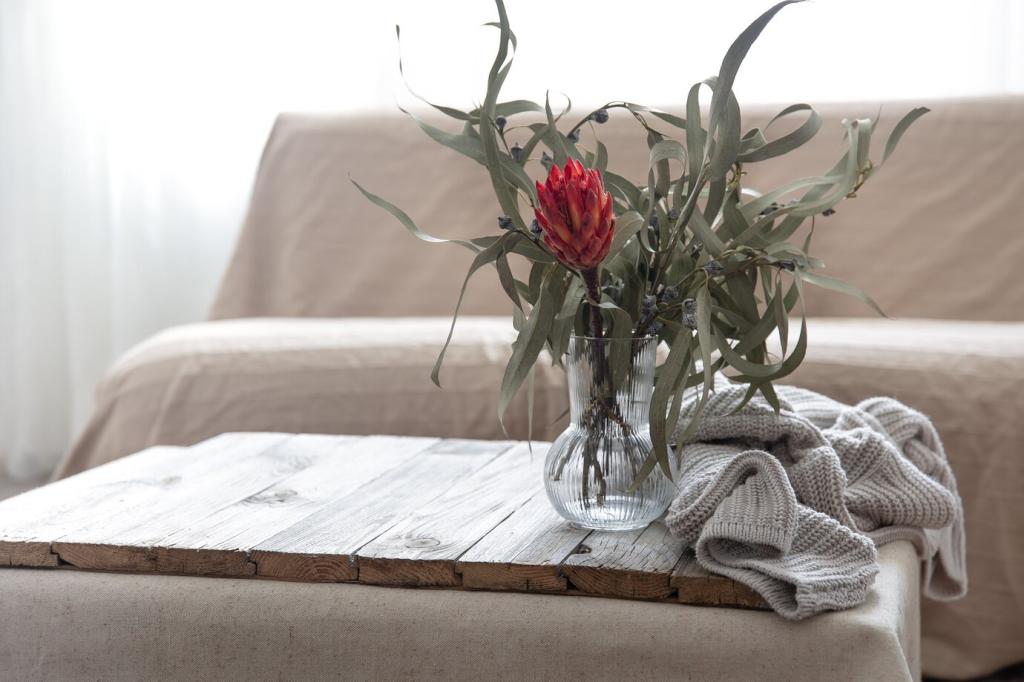
Exploring Minimalism in Interior Spaces
Minimalism in interior design is more than a visual style—it’s a conscious philosophy to create serene, functional, and beautiful living environments with less. By prioritizing essential elements and eliminating chaos, minimalist spaces celebrate clarity, balance, and the art of purposeful living. This guide delves into how minimalism shapes interior spaces, exploring design principles, practical applications, and its impact on well-being.
The Essence of Minimalism
Simplicity as a Foundation
Simplicity is at the heart of minimalism, where less truly becomes more. In minimalist interiors, spaces are freed from clutter and distractions, allowing the eye to rest and the mind to relax. Clean lines, unadorned surfaces, and restrained color palettes become tools in crafting environments that feel peaceful and purposeful. This simplification isn’t about deprivation; instead, it’s an affirmation of what truly matters, creating spaces where even the smallest details are appreciated and valued for their contribution to the whole.
Purpose-Driven Design Choices
Minimalist interiors require a thoughtful approach to design, where every element in the space serves a distinct function or aesthetic purpose. Each piece of furniture, fixture, or accessory earns its place by contributing to the overall harmony. This disciplined decision-making requires self-restraint and a keen understanding of how form and function intersect. By prioritizing utility and comfort alongside aesthetics, minimalist spaces ensure that nothing is superfluous and everything enhances the inhabitant’s experience.
The Calmness of Clarity
One of the profound impacts of minimalist design is the overwhelming sense of calm it brings. By curating what remains and eliminating visual noise, minimalist interiors provide a restful atmosphere amid the hustle and bustle of modern life. The clarity in design translates into clarity of mind, enabling individuals to feel more organized, focused, and content within their surroundings. This tranquility is perhaps the most sought-after quality of minimalist spaces.
Principles Guiding Minimalist Interiors

Form Follows Function
Minimalist interiors rely heavily on the modernist principle that design starts with function. Furniture pieces are chosen for both their purpose and their sculptural beauty, often blurring the lines between art and utility. The absence of ornate details highlights the integrity of materials and craftsmanship. In living rooms, this might mean a single, elegantly designed sofa that anchors the space, or a light fixture that doubles as a focal point and a source of illumination. Function is never sacrificed for form in minimalism; instead, the two exist in harmonious balance.

Spaciousness and Flow
Minimalist spaces are defined by their sense of openness and freedom of movement. Negative space—the unfilled areas—becomes as important as the objects themselves. Thoughtful placement of furniture and decor ensures that rooms don’t feel crowded or overwhelming. This spatial awareness creates visual and physical breathing room, promoting ease of use and making even small spaces feel expansive and light. Strategic use of layout and proportion ensures a fluid connection between different areas of the home.

Visual Harmony and Balance
Striking visual harmony is a key component of minimalist design. This is achieved through careful attention to proportion, scale, and color. Tones tend to be muted and cohesive, with occasional accents to draw the eye. The careful curation of textures prevents spaces from feeling stark or cold, while repetition of elements—like linear patterns or symmetrical arrangements—brings balance. Ultimately, every choice is intended to support a serene and visually satisfying environment.
Materials and Textures in Minimalist Spaces
Minimalist interiors often highlight the inherent beauty of natural materials such as wood, stone, and linen. Their organic textures and subtle imperfections bring warmth and authenticity, providing contrast to crisp lines and simple forms. Wooden floors or accent pieces introduce a sense of grounding, while marble or concrete surfaces convey solidity and minimal fuss. The result is an atmosphere that feels as rich in character as it is in restraint, connecting occupants to the natural world.

Color Palettes in Minimalism
Neutral colors—white, beige, gray, and taupe—form the backbone of most minimalist interiors. These hues act as a calm, versatile backdrop that enhances the architectural features and allows objects to breathe within the space. The subtle interplay of different neutral shades brings a layered effect, proving that simplicity doesn’t have to mean blandness. By employing a primarily neutral palette, spaces feel light-filled, expansive, and enduring.
Furniture Selection and Placement
Minimalist furniture often emphasizes geometric clarity and functionality. Iconic pieces are prized for their simplicity, ergonomic design, and adaptability to various uses. Modular sofas, streamlined storage units, or multipurpose tables encourage flexibility without compromising aesthetic appeal. The selection process favors timeless classics over trendy items, ensuring that spaces remain enduringly stylish and practical over time.
Furniture placement in minimalist spaces is a disciplined exercise aimed at optimizing both movement and sightlines. Items are arranged to foster conversation, facilitate natural light, and maintain an uninterrupted visual flow. Rather than filling every available inch, pieces are spaced to create breathing room and highlight architectural features. This thoughtful arrangement offers comfort while preserving the open, tranquil atmosphere that defines minimalist interiors.
A common misconception is that minimalist interiors feel cold or unwelcoming, but the right furniture choices dispel this myth. Soft, inviting materials, rounded edges, and plush seating ensure comfort is prioritized even with limited furnishings. Accent chairs or benches are tactically added for both functionality and a sense of invitation. By artfully combining minimalism with warmth, spaces encourage relaxation and foster a welcoming ambiance.

Storage Solutions with Minimalist Flair
Integrated storage options—like wall-mounted cabinets, built-in shelving, or concealed closets—maintain clean surfaces and unbroken visual lines. These solutions are custom designed to maximize space while minimizing visual impact, often blending into walls or doubling as architectural features. Built-ins allow for efficient organization without the need for additional, space-consuming units, aligning perfectly with the minimalist ethos of doing more with less.
Furniture that incorporates storage—such as beds with drawers, storage benches, or ottomans with hidden compartments— is a favorite among minimalists. These multi-functional pieces eliminate the need for extra storage furniture, reducing clutter and helping maintain a streamlined appearance. By combining utility with discreet design, such furniture supports the daily rhythms of life while preserving spatial simplicity.
Minimalist spaces often balance open displays and closed storage to avoid visual clutter while allowing for curated personal touches. Open shelving can showcase carefully selected objects or books, functioning almost like art installations, while closed cabinets keep everyday items out of sight. This nuanced approach lets personality shine through without disrupting the sense of order that characterizes minimalist design.

